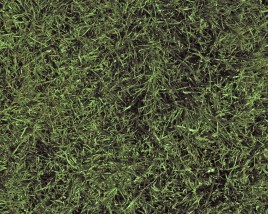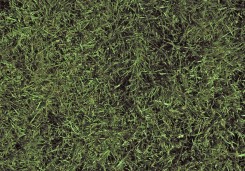Environmental Benefits of Turfgrass

 The front lawns of eight average sized houses have the cooling effect of about 70 tons of air conditioning, while the average home-sized central air unit has only a 3-4 ton capacity? Also, lawns as small as 2,500 sq. ft. release enough oxygen daily to meet the needs of a family of four for 24 hours while absorbing carbon dioxide, ozone, hydrogen fluoride and other toxins?
The front lawns of eight average sized houses have the cooling effect of about 70 tons of air conditioning, while the average home-sized central air unit has only a 3-4 ton capacity? Also, lawns as small as 2,500 sq. ft. release enough oxygen daily to meet the needs of a family of four for 24 hours while absorbing carbon dioxide, ozone, hydrogen fluoride and other toxins?
The Joy of Grass
With the benefits of turfgrass working for us, we can share a beautiful and healthy planet for our future generations:
Oxygen Production – Our air is cleansed by plants through the process of photosynthesis. Green plants take in carbon dioxide and water and use the energy from sunlight to perform photosynthesis, which produces carbohydrates for the plant to live on and releases pure oxygen. One acre of grass provides more oxygen per year than one acre of rainforest.
Reduce Your Carbon Footprint – If you compare a well managed lawn to a poorly managed lawn or unmanaged grasslands, the net carbon intake of the managed lawn is 5 to 7 times higher than the output of mowing. The key is to actively manage your lawn to improve the carbon intake and not allowing it to go into dormancy. Key strategies to maximize your carbon intake are:
- Choosing quality turfgrass species for your area
- Mowing your lawn high to develop deep roots
- Keeping your mower in good shape
- Leave your clippings on the lawn
- Watering responsibly
Soil Erosion – Soil erosion is one of the biggest environmental problems facing the United States today. Nearly 6 billion tons of soil wash or blow away each year. Turfgrass is the most cost-effective method for controlling this erosion. Grass binds the soil more effectively than any other plant. The reason is all in the roots, up to 90% of the weight of grass in its roots. A thick healthy lawn reduced runoff almost to zero. Runoff is one of our leading sources for contamination of ground water. Turfgrass purifies the water as it moves through the root system and down the underground aquifers. The chemicals are broken down into harmless material.
Quality of Life – Studies have shown that hospital patients with a view to a natural green space (landscape) recover faster. New health care facilities are being constructed with outdoor gardens and more indoor greenery. Not only do recovery rates increase, but large cities with urban neighborhoods are now placing an emphasis on neighborhood parks. These parks have been shown to reduce crime as well as increase positive community feelings.